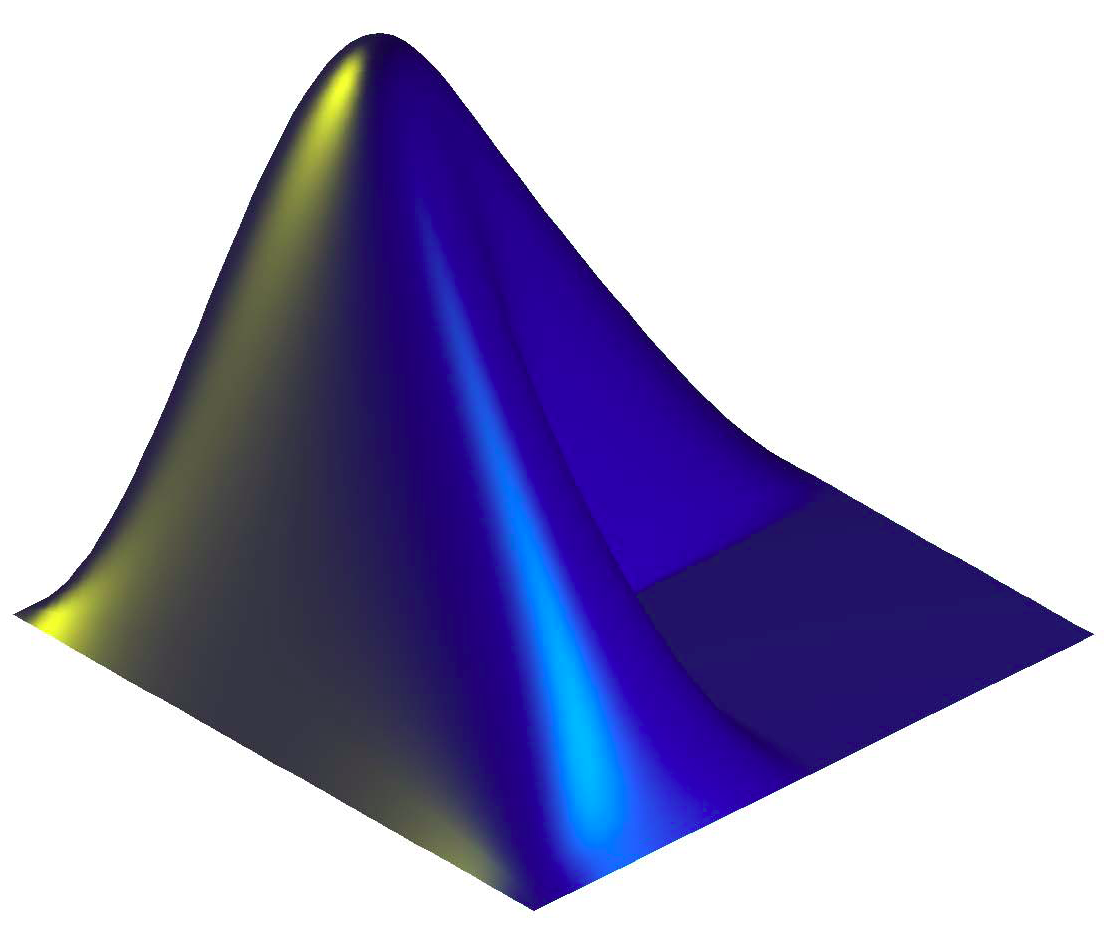-
Notifications
You must be signed in to change notification settings - Fork 10
mus.score
Loads files describing symbolic representations of music, displays the score and performs music analysis.
MIDI files, text files following particular convention to be explained...
mus.score('laksin.mid')
- mus.score(...,'Notes',i:j) loads only the notes from indices i to j in the file.
- mus.score(...,'StartTime',t) loads only the notes from time t on.
- mus.score(...,'EndTime',t) loads only the notes until time t.
If the input representation's pitch representation is solely chromatic (like in MIDI format), mus.score(...,'Spell') estimates the corresponding diatonic pitch representation (for each note: its letter and accident). For the moment, just a naive simple algorithm. Models from the literature should be implemented here.
mus.score(...,'Group') estimates local grouping based on temporal proximity. Model conceived by Lartillot (2013, 2014).
mus.score(...,'Broderie') finds broderies.
mus.score(...,'Passing') finds passing notes.
mus.score(...,'Motif') looks for repeated motifs in the score.
By default, it is based solely on pitch and pitch intervals.
mus.score(...,'Motif','Onset') also consider note inter-onset interval values for the analysis.
If the initial pitch representation is solely chromatic, by adding diatonic information through pitch spelling, the motivic analysis uses the diatonic pitch dimension as well.
mus.score('mozart.mid','Motif','Spell')
The local grouping can be used to construct the syntagmatic network, and find ornamented motifs:
mus.score('mozart.mid','Motif','Spell','Group')
O. Lartillot (2014). An integrative computational modelling of music structure apprehension. ICMPC-APSCOM 2014 Joint Conference: 13th International Conference on Music Perception and Cognition, p. 80-86.
O. Lartillot, M. Ayari (2014). A comprehensive computational model for music analysis, applied to maqam analysis. 4th International Workshop on Folk Music Analysis.
O. Lartillot, F. Yazıcı, E. Mungan (2013). A pattern-expectation, non-flattening accentuation model, empirically compared with segmentation models on traditional turkish music. 3rd International Workshop on Folk Music Analysis.
